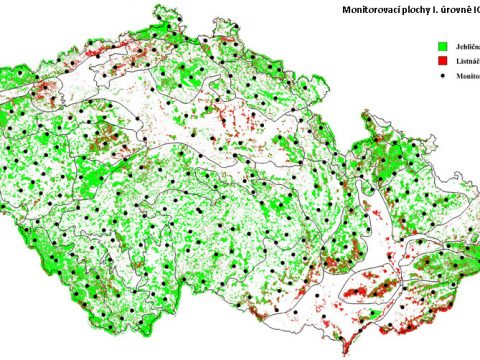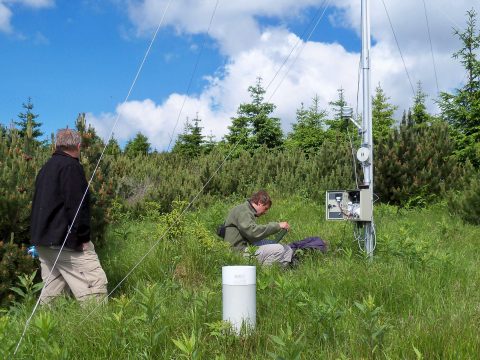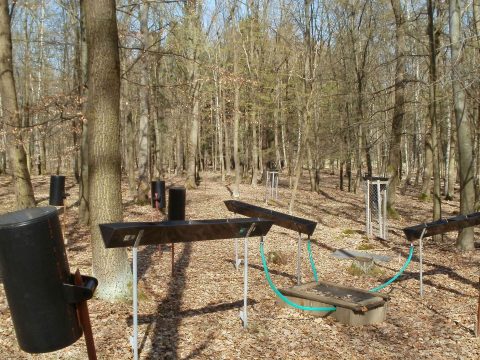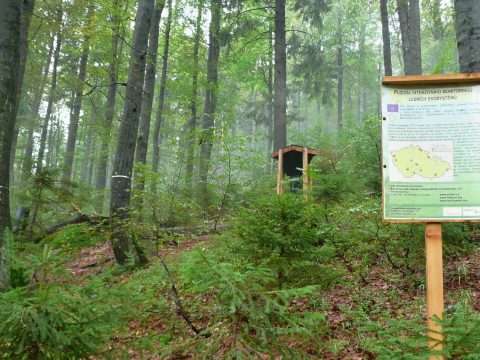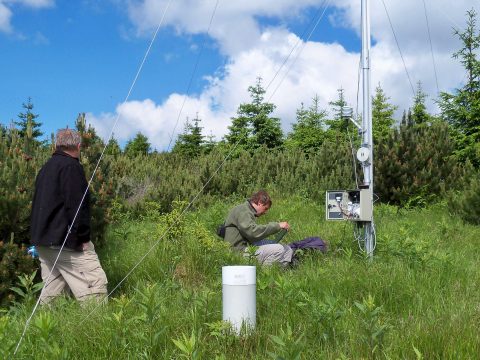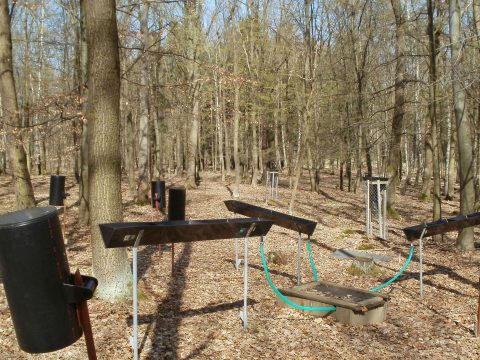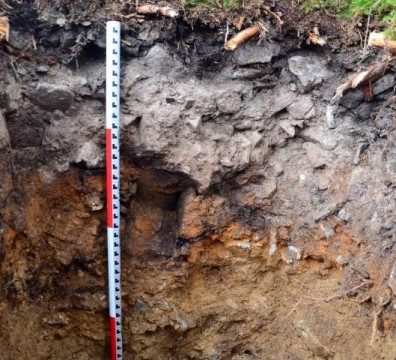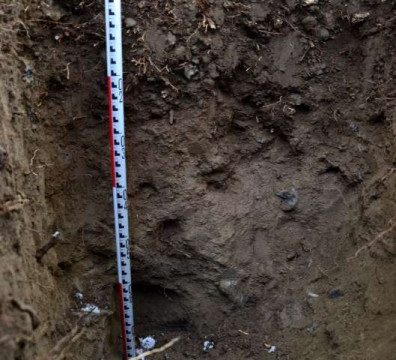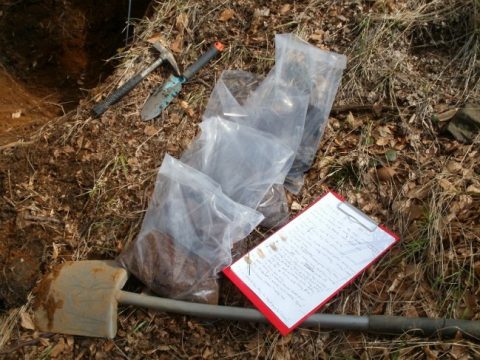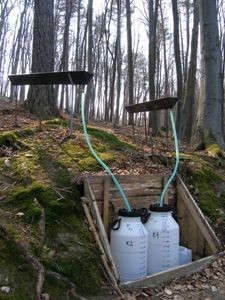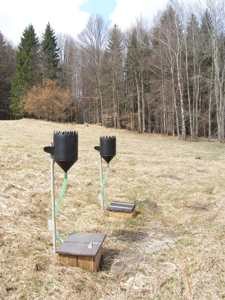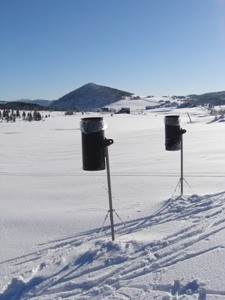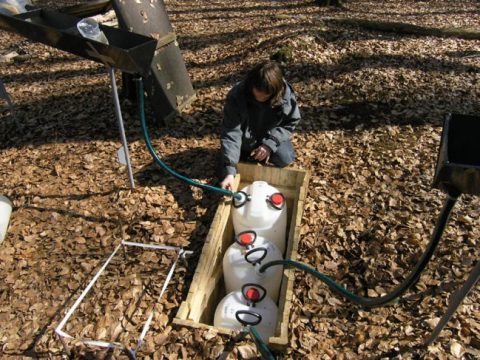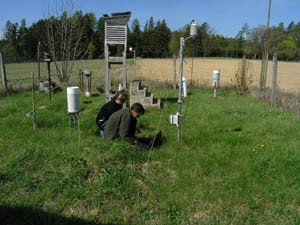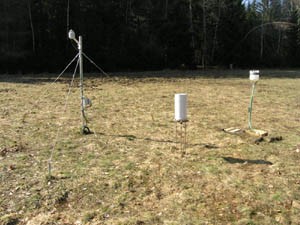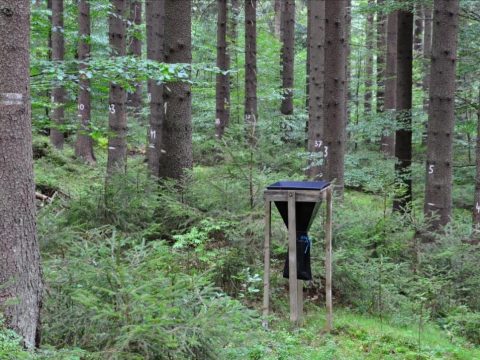Monitoring of forest condition aims to collect data on the state of the forest and on changes in forest stands related to the current state of the environment and also on its long-term changes. In order to contribute to the assessment of trends in the state of forest ecosystems and thus to a better understanding of cause and effect relationships, it is important that it is carried out regularly and in the long term.
The activities include several actions focused on forest monitoring, the main ones are listed here.
ICP Forests
The Czech Republic joined the ICP Forests programe in 1986 with 61 monitoring plots in a 16 × 16 km network. The number of plots increased to 106 in the following year. In 1991, an 8 × 8 km network was established with another 334 plots. In addition, within the framework of regional studies, areas in the 1 × 1 km network were established in the Šumava Mts., Brdy Mts. and Krkonoše Mts. During the years 1997-1998, an overall reconstruction of the national and transnational network was carried out with the aim of optimizing the species and age composition on the monitoring plots so as to better characterize the actual composition in the forests of the Czech Republic.

